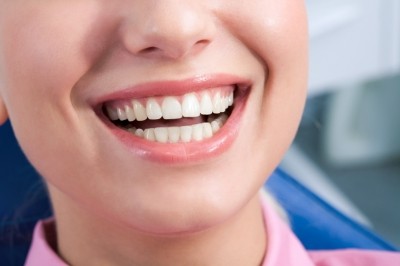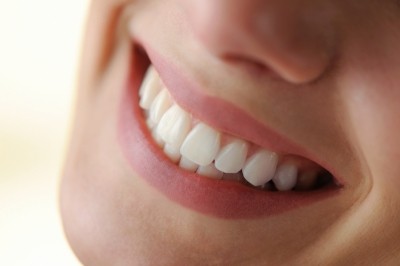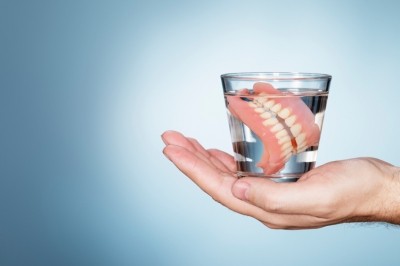Oral microbiome rich environment for study, product development, event attendees told

Attendees at the recent IPA World Congress + Probiota Americas event, which was hosted by William Reed in Chicago recently. The event brought together 280 regulators, probiotics and prebiotics researchers and product developers. Next year’s event is scheduled to take place in San Francisco, June 7-9.
Attendees heard two talks from researchers who have worked on the topic: Prof Bart Keijser of TNO Microbiology and Systems Biology and the Academic Center for Dentistry, Amsterdam presented a recent paper he co-authored on the characterization of the microbial profiles of saliva in healthy adults; and Dr John Hale, Research and Development Manager, BLIS Technologies of New Zealand laid out that company’s path to discovering and developing its signature BLIS K12 probiotic ingredient.
Finding the healthy variation
Keijser said that investigating the makeup of the oral microbiome is an important area of study. Poor oral health is indicative of problems elsewhere in the system; whether that is simply a marker or is to some degree causative is a matter for further study.
“People with bad teeth are more likely to be diabetic and people with oral infections have more difficulty controlling their diabetic state,” Keijser said.
Keijser said that while the notion that some bacteria are good has taken firm hold among researchers looking at the gut, that outlook is still in its infancy among dentists. ‘Oral hygiene’ has become synonymous with the notion of an oral cavity with as few microbes present as possible.
“We have a strange relationship with our oral microbes and we send the troop at them and use different ways to kill them,” he said.
Keijser said that comparing the makeup of saliva in healthy individuals to those with health challenges has been done for years. In Keijser’s most recent study, he and his research team attempted to fine tune a method to the characterization of healthy saliva itself, so as to better understand the natural variations. In his study that was published on June 3 in the PLuS ONE open access journal, 268 health volunteers with an age range of 18 to 30 were asked to provide saliva samples in the same way and at the same time each day. The samples were evaluated using a MALDI-TOF MS method looking at salivary peptides. Keijser’s group found four basic clusters of profiles. According to Keijser’s paper, those groups were differentiated in this way: “Significant differences were found when comparing individuals belonging to the 4 different clusters with regard to salivary lysozyme and chitinase activity. Lysozyme is a major component of the salivary innate defense system. It acts by cleaving peptidoglycan, thereby killing Gram-positive bacteria via cell wall lysis. Similarly, chitinase contributes to the protection of the oral cavity from pathogenic yeast such as Candida albicans whose cell wall contains chitin.”
Keijser said that knowing how the oral microbiome varies among individuals can be used to develop probiotics for specific oral applications.
“I think the data suggests we should go to certain strategies where we can promote certain bacteria in the mouth,” Keijser said.
Discovering a probiotic superhero
One company that has already take that step in BLIS Technologies of New Zealand. Dr John Hale, research manager of the company, told the story of how the company discovered and has developed its signature organism. It is a story similar to that of Keijser’s work, in that the company looked first at the variability of the oral microbiome.
BLIS K12 was first isolated by microbiologist John Tagg, PhD at the University of Otago in New Zealand (with whom Hale studied). Tagg followed schoolchildren in New Zealand for many years, and found that a small percentage of them rarely if ever developed strep throat or other oral health challenges. One child in particular remained remarkably healthy, and from that child the company isolated its K12 strain of S. salivarius.
“That strain was released commercially in 2001,” Hale said. “Since then we have done research on its effect in reducing halitosis, in reducing cavities by 30% and in reducing gum inflammation.”
Hale said the robust results BLIS has achieved with the strain has led to a flood of ongoing research, studies that are looking toward applications beyond the oral cavity.
“We have 33 studies completed or ongoing. Probiotics are still new to some people in the world and when you talk about oral probiotics you are talking about an even smaller group,” he said.

















